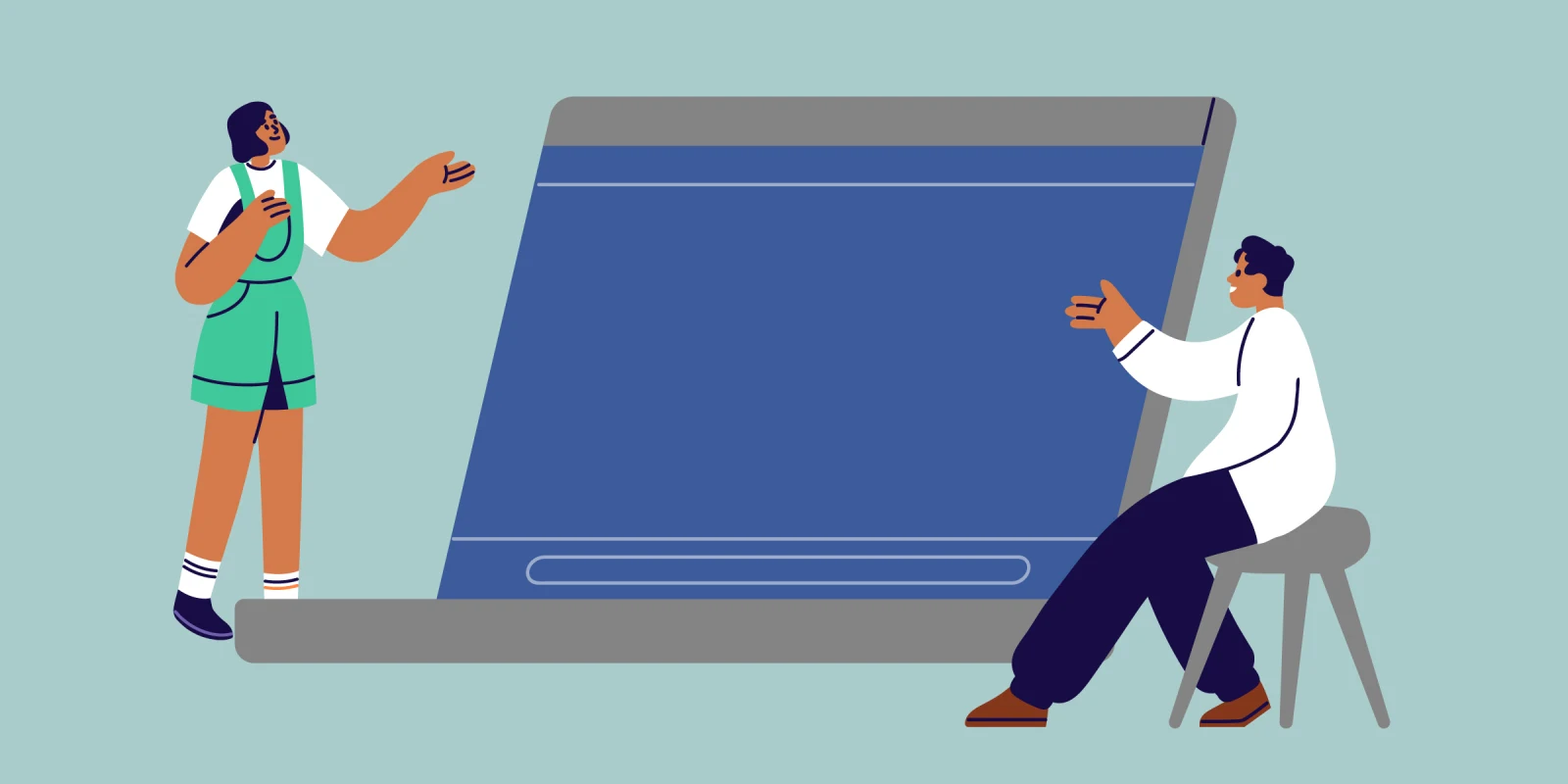Patient rooms are rarely quiet at the urgent care office. The sounds of children yelling, families talking, and restless siblings making balloons from medical gloves serve as the background to our workdays.
Entering a bustling room is a manageable challenge. It’s one of my responsibilities to join the fray and kick off a conversation. I like finding the right wavelength to match the room’s energy.
Compared with a noisy room, I find it more challenging to communicate with the distracted family. Rooms where parents and patients who continue to use their cellphones once our visit has started is difficult.
I am no innocent party in this conversation. The modern health care world of EHRs has made the computer an unwelcome third member of the patient-physician relationship. The omnipresence of screens and technology in the medical office stands in the way of the type of effective communication needed to understand, diagnose, and manage illness.
There were two families I cared for on the same day that had toddlers struggling with fever, congestion, and tachypnea. While their age and chief complaints were nearly identical, the path we took toward managing them differed greatly due to the quality of our communication.
I could hear the first family down the hall before I entered the room. As I introduced myself, I sat down at the computer, the toddler’s iPad continued to play a video, Mom was talking on FaceTime, and Dad appeared occupied on his phone. Taking this child’s history was choppy. Our flow was interrupted by a new text message on Mom’s phone, an incoming call on Dad’s, and two chat messages on my screens from nurses asking about management of another patient across the hall. Between the disruptions and limited eye contact, I began to document the patient’s note. We both devolved into looking away from our screens and at each other only intermittently to respond to each other. On the surface, the family responded to each question and I documented their answer. As we talked about return-to-care precautions and what to expect in the upcoming days for a child with bronchiolitis, all three of us were looking at our screens.
The second family was similarly rowdy before I entered. As I settled into the room, the patient’s mother put her phone and her sons’ iPad away. As we spoke, her son became restless and climbed off the examining table and crawled underneath the desk to play with action figures he found in Mom’s purse. He must have bumped against the computer and dislodged the monitor input wire. My screen went blank.
Unable to fix the computer, I sat across from the patient and his mother and we discussed his illness. Beyond words, facial cues and nonverbal communication entered our conversation. I recognized the subtle frustration on her face when I asked about sick contacts in day care. I noticed the raised eyebrows when I discussed my lower concern for pneumonia and the subtle exhale when I mentioned he did not have any wheezing. I pried more when it was easy to see she was uncomfortable with my answers and could fully see her body language relax when we discussed return-to-care precautions and at-home management of bronchiolitis.
I immediately noticed how much more effectively I communicated with a family when I was not bouncing between a computer and the family. The subtle nonverbal cues helped guide my line of questioning and allowed me to better care for this family.
I know administrative load, endless notes, and responding to messages are burdens clinicians struggle to crawl out from under. I have no quick or easy solutions that solve this challenge, and would be naive to ask clinicians not to multitask to protect their time. This is also not a call to remove computers and return to physical patient charts. This is not a chiding of families for having personal devices out in the office. I understand they are asked to wait for indeterminate periods of time. It is unfair to ask them to change their behavior on a dime simply on my behalf.
Rather, this is a call to design medical offices in a way that minimizes computers’ disruption of our communication with families. Most importantly, this is a personal challenge to myself to spend a greater percentage of my time making direct eye contact with families and observing each member of the family to create better conversations.
Ultimately, time is invaluable in health care. We need to be able to effectively communicate in the presence of screens. In a perfect world there would be more time and less administrative burden. But until then, I will hold onto this gentle nudge to challenge myself to spend more time looking away from the screen and at the people I hope to care for.
What strategies have helped you improve patient-clinician communication? Share your experiences below.
Dr. Nishant Pandya is a pediatrician in Philadelphia, PA. He enjoys biking and rooting for the Philadelphia Phillies. Dr. Pandya is a 2023-2024 Doximity Op-Med Fellow.
Image by GoodStudio / Shutterstock






